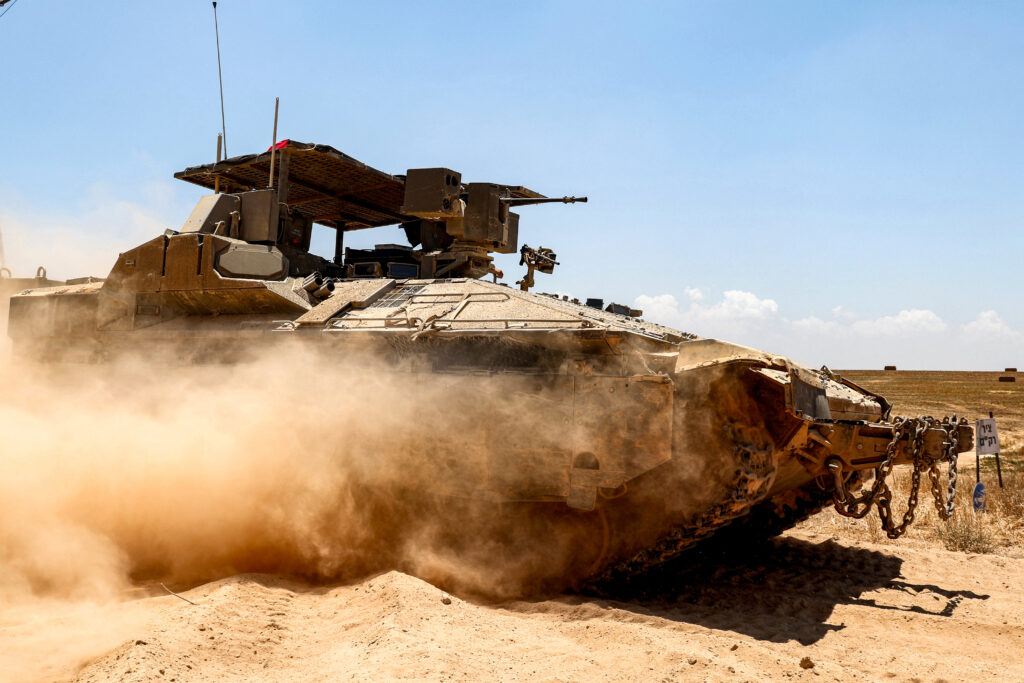Reflecting on a lecture she gave at the South Asian Studies Program this past Friday, Research Fellow Nisha Mathew traces the history of gold smuggling between the Dubai and Bombay, using gold instead of the common trope of oil to explain Dubai’s modern prominence as a global city.
Gold Smuggling between Dubai and Bombay
- - April 8, 2018

Travellers to Dubai in the 1970s noticed an overwhelming number of dhows in its creek, while investigative journalists reporting for newspapers like The Guardian claimed that the emirate hosted at least 140 branches of international banks within its urban limits. For a port town with less than a 100,000 residents, and fewer roads than banks what could this have meant? What were the dhows carrying and where to? Was there something of a tryst between Dubai’s dhows and banks?
This was the backdrop to my conversation at the South Asian Studies Program on Friday when I laid out in broad strokes, the history and global logistics of gold smuggling between Dubai and Bombay in the latter half of the 20th century. Smugglers have excited Indians like nothing else perhaps, evidence of this being the number of Bollywood films dealing with the glamorous lives of some of these real life figures. Dubai in such films was only a footnote to Bombay’s underworld with little role to play except as the place of refuge of smugglers like Haji Mastan and Dawood Ibrahim. After all, gold import and re-export were perfectly legitimate trades in the Persian Gulf town.
Gold flown from London’s bullion houses like Johnson Matthey and Samuel Montagu to the The British Bank of the Middle East and the First national Bank in Dubai played a significant part in making Dubai what it is today. Shipped out by Arabs, Pakistanis and Indians in dhows to Bombay and other ports like Kutch and Calicut in western India, it brought much wealth to the merchants and the larger business community of expatriates who had made Dubai, home. The narrative of oil in the Persian Gulf has largely overshadowed that of gold and underplayed its significance in linking Dubai to the international economy. Without an ethnographer’s roving eye following the trails of gold smugglers and couriers in the Arabian Sea, and the historian’s hand tracing it to the British empire’s colonial policies in India and the Persian Gulf, this narrative will remain submerged under the weight of oil and the Middle East’s international politics. With gold and its deep history linking Dubai with Bombay over the long 20th century one can tell a different story of Dubai’s rise to prominence as a global city.
More in This Series
More in This Series
- Jean-Loup Samaan
- - July 11, 2024
- Aisha Al-Sarihi, Ehsan Rasoulinezhad, Jinseok Sung
- - June 20, 2024








